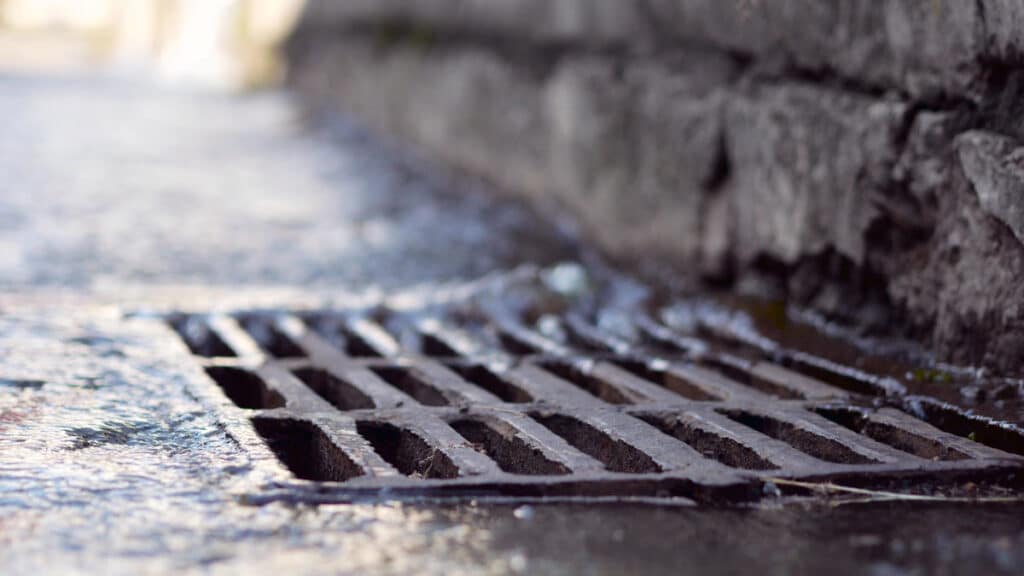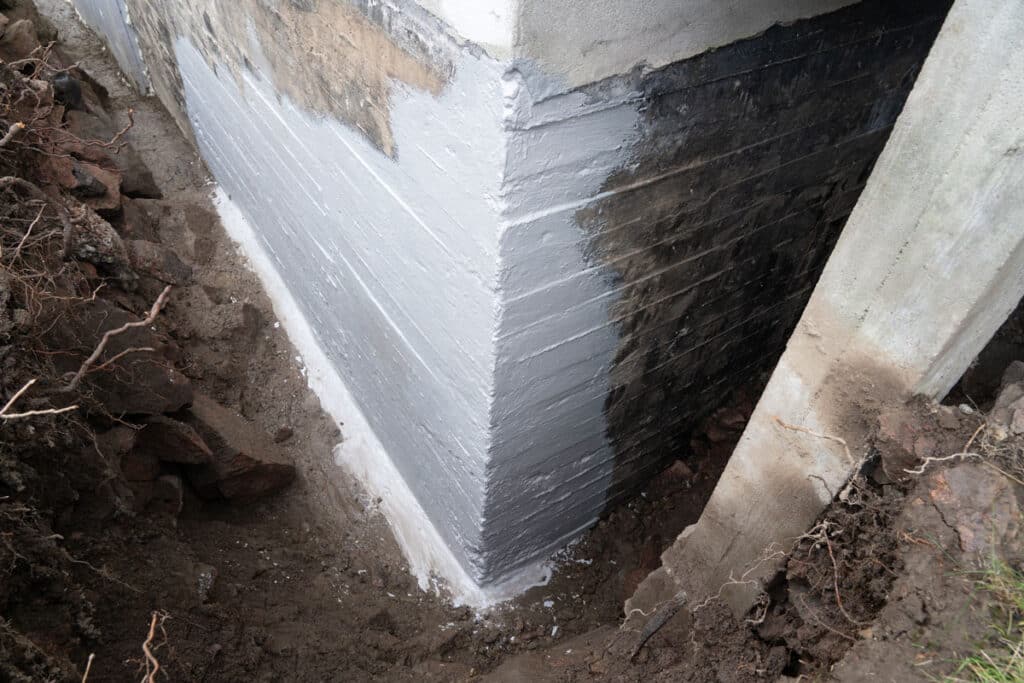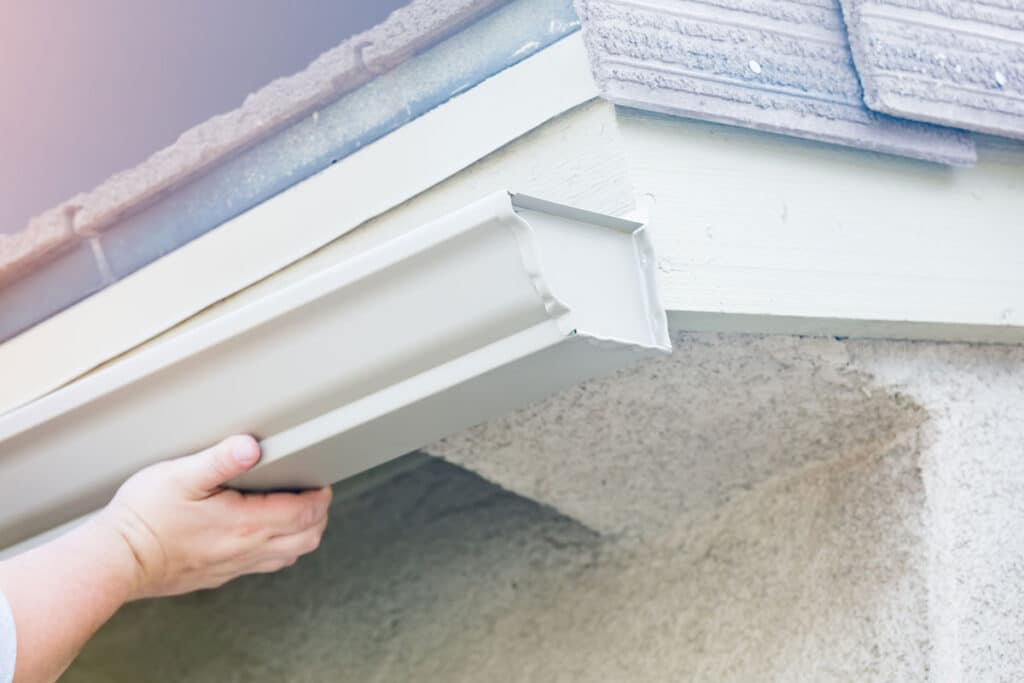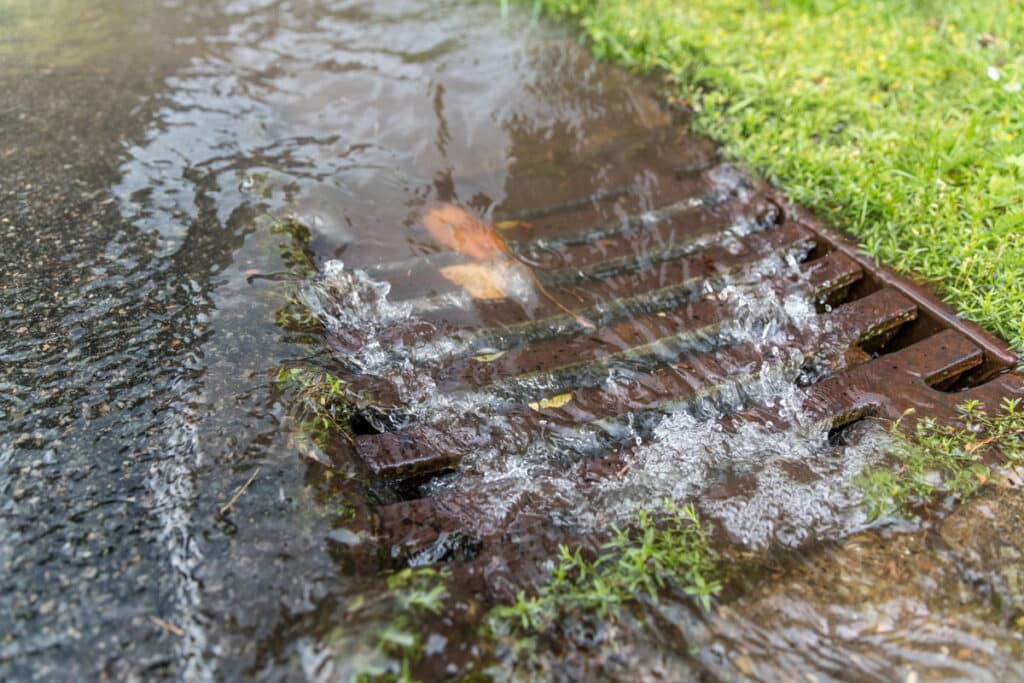The Hidden Impact of Foundation Drainage on Your Property’s Structural Integrity: Why You Need an Independent Engineer
As homeowners and property managers, we often take the foundation of our buildings for granted—until something goes wrong. Water intrusion, cracks in basement walls, or uneven settling can signal deeper issues that threaten the very stability of your home or commercial structure. At Penn Valley Engineering, we specialize in structural engineering consulting, helping clients in urban and suburban areas of Pennsylvania and Southern New Jersey identify and resolve these problems before they escalate. In this guide, we’ll explore how foundation drainage systems influence your property’s structure, common pitfalls in waterproofing solutions, and why involving an independent structural engineer is essential for any foundation-related work.

Understanding Foundation Drainage and Its Role in Structural Health
Foundation drainage systems are designed to manage water around and beneath your building’s base, preventing moisture from compromising the soil and structural elements. Poor drainage can lead to hydrostatic pressure buildup, where water pushes against foundation walls, causing cracks, bowing, or even collapse over time. Excess moisture can also erode soil support, leading to differential settlement—where parts of the foundation sink unevenly, resulting in sloping floors, sticking doors, or visible cracks in walls and ceilings.
Effective drainage isn’t just about keeping your basement dry; it’s about preserving the long-term integrity of the entire structure. Key components include:
- Exterior Drainage: Systems like French drains (perforated pipes buried in gravel) that redirect groundwater away from the foundation.
- Interior Solutions: Sump pumps and interior drains that collect and expel water that has already infiltrated.
- Surface Management: Proper grading and gutters to prevent water from pooling near the foundation.
When these systems work harmoniously, they protect against soil expansion and contraction (common in clay-rich areas like parts of Pennsylvania and Southern New Jersey), reduce mold growth, and maintain energy efficiency. However, when they’re inadequate or improperly installed, the consequences can be costly and dangerous.

Common Contractor Approaches: Quick Fixes That Miss the Mark
Many foundation waterproofing contractors offer straightforward solutions, but these often address symptoms rather than root causes. For instance:
- French Drains and Sump Pumps: These are popular for intercepting groundwater and pumping it out. While effective in some cases, they’re not a one-size-fits-all fix. If the underlying issue is poor site grading or overloaded roof runoff, installing these alone might not prevent recurring problems—and could even mask structural damage that’s already occurring.
- Wall Sealing and Dehumidifiers: Contractors might apply waterproof sealants to interior walls and install dehumidifiers to control humidity. This approach can seem appealing for its low upfront cost and minimal disruption, but it’s often ineffective long-term. Sealants can trap moisture inside walls, leading to hidden deterioration, while dehumidifiers do nothing to stop water entry at the source. In worst-case scenarios, this can exacerbate issues like efflorescence (white, powdery deposits on walls) or reinforce bowing walls without addressing the pressure causing it.
- Inadequate Structural Supports: Some contractors add supports such as steel beams or wall anchors to stabilize bowing or cracked foundation walls. These can make the wall appear fixed and provide a sense of immediate security, but they may not have the needed strength backed by accurate engineering load calculations to address the situation effectively. Without proper analysis, these supports could fail under ongoing hydrostatic pressure, leading to further structural compromise.
These methods focus on immediate waterproofing but overlook how drainage interacts with the broader property ecosystem. As a result, homeowners might spend thousands on repairs that fail within a few years, all while structural risks go unchecked.

Beyond the Basics: Overlooked Factors in Foundation Drainage Issues
The real culprits behind foundation problems are frequently tied to external factors that contractors might not evaluate:
- Grading and Landscaping: If the soil around your foundation slopes toward the building instead of away, rainwater and snowmelt will naturally pool against the walls. Over time, this saturates the soil, increasing pressure and risking leaks or shifts in the foundation.
- Stormwater Drainage from the Roof: Clogged or undersized gutters, downspouts that discharge too close to the foundation, or missing extensions can dump thousands of gallons of water right at your building’s base during a heavy rain. This not only overwhelms drainage systems but can also cause erosion and voids under the slab.
- Discharge Pipes Too Close to the Foundation: Sump pump or downspout discharge pipes positioned too near the foundation can inadvertently recycle water, directing it back toward the walls where it seeps into the adjacent soil. This perpetuates soil saturation and hydrostatic pressure without actually improving the drainage situation, essentially creating a cycle of ongoing moisture issues.
- Other Contributing Elements: Tree roots invading drainage lines or nearby construction altering water flow can all play a role. In urban and suburban areas like those in Pennsylvania and Southern New Jersey, impervious surfaces (e.g., driveways and patios) can amplify runoff, turning minor issues into major threats.
Recent incidents highlight the severity of these issues. For example, in Reading, Pennsylvania, a three-story apartment building’s wall collapsed in July 2025 due to water damage, emphasizing the dangers of unaddressed moisture in aging structures. Additionally, a partial roof collapse at a commercial food facility in Upper Deerfield Township, New Jersey, in June 2025, illustrates the risks of structural failures that can stem from underlying issues related to stormwater management.
The Critical Role of an Independent Structural Engineer
This is where an independent structural engineer becomes indispensable. Unlike contractors who may have a vested interest in selling specific products or services, an engineer provides unbiased expertise focused on the property’s overall health. Here’s why you should involve one anytime work is planned on foundation walls:
- Comprehensive Evaluation: Engineers use tools like soil tests, hydrostatic pressure analysis, and structural modeling to diagnose issues accurately. They can identify if drainage problems stem from design flaws, material failures, or environmental factors—insights that go beyond a contractor’s scope.
- Customized Recommendations: Rather than defaulting to a French drain or sealant, an engineer might suggest regrading the site, installing roof extensions, or reinforcing walls with carbon fiber straps. This ensures solutions are tailored and cost-effective.
- Oversight During Work: Engineers can review contractor plans, monitor installation, and verify compliance with building codes. This prevents subpar work that could void warranties or lead to disputes.
- Long-Term Protection: By addressing structural implications early, you avoid expensive future repairs. For example, undetected bowing walls could require full foundation replacement if left untreated.
At Penn Valley Engineering, our licensed structural engineers bring years of experience to these assessments, helping clients make informed decisions that safeguard their investments.

Conclusion: Protect Your Property with Expert Guidance
Foundation drainage isn’t just about staying dry—it’s about maintaining the structural backbone of your property. While contractors play a vital role in implementation, relying solely on their waterproofing-focused approaches can overlook critical factors like grading and roof drainage, potentially leading to ongoing issues.
Don’t risk your home or business. If you’re dealing with water intrusion or planning foundation work, consult an independent structural engineer first. At Penn Valley Engineering, we’re here to provide the objective analysis you need for lasting peace of mind. Contact us today to schedule a consultation. Your structure’s future depends on it!

 Penn Valley Engineering is a structural engineering consulting firm dedicated to Total Client Satisfaction.
Penn Valley Engineering is a structural engineering consulting firm dedicated to Total Client Satisfaction.